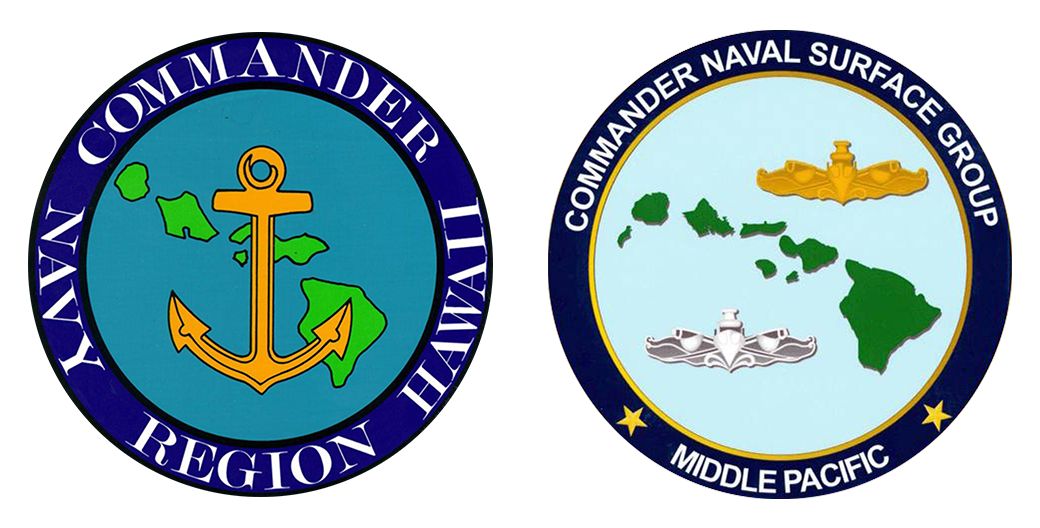
JOINT BASE PEARL HARBOR-HICKAM, Hawaii – The Navy, in
coordination with the Hawaii Department of Health (DOH), has released the
first set of long-term monitoring (LTM) drinking water data for four zones
on Joint Base Pearl Harbor-Hickam (JBPHH) on the
https://jbphh-safewaters.org
website.
Summaries of the first month of LTM laboratory testing results are posted
on the following Safe Waters pages: McGrew and Halawa (Zone B1)
here, Camp Smith (Zone G1)
here, Aliamanu Military Reservation (Zone H3)
here, and Red Hill Housing (Zone I1)
here.
The remaining 15 zones have been tested, validated, and are awaiting
summarization by the Navy and final review by the DOH. Over the next few
weeks, the Navy will post those summaries and sampling results on each
zone’s page as soon as they have completed the review process.
Under an interagency-approved flushing and sampling plan, the Navy water
system is now in a two-year period of LTM. This includes testing about
6,000 more samples from roughly 55% of residences and other facilities on
the system for more than 60 different contaminants.
Under the plan, the Navy is sampling 5% of homes and other buildings in
each zone of the Navy water system for the first three months since the
DOH amended that zone’s health advisory (a total of 15% in each zone in
the first three months). After that, 40% of all homes and other buildings
on the system will be sampled over the following 21 months. All schools,
child development, and medical centers will be sampled regularly during
both phases of the plan.
Sampling locations for homes in each zone are chosen as a geographic
representation of the zone, based on their location on the neighborhood
distribution system. Different homes will be chosen during each phase to
provide a good geographic spatial representation of homes sampled.
All results are validated to state and federal drinking water
requirements, including the incident-specific parameters (ISPs) set by the
DOH for the Navy water system.
Sample results are generally categorized as non-detect, detect, or exceed.
If a sample exceeds action levels for contaminants, the resident or
building point of contact will be personally notified.
The following information is provided to help interpret the data:
-
Total Petroleum Hydrocarbon (TPH) tests look for many petroleum
compounds and are done in addition to standard drinking water tests.
-
Maximum Contaminant Levels (MCLs) are established by the U.S.
Environmental Protection Agency (EPA) and are the maximum permissible
level of contaminants in water which is delivered to any user of a
public water system.
-
Environmental Action Levels (EALs) are established by the Hawaii DOH and
are concentrations of contaminants in drinking water and other media
(e.g., soil, soil gas, and groundwater) below which the contaminants are
assumed to not pose a significant threat to human health or the
environment. Exceeding the Tier 1 EAL does not necessarily indicate that
contamination at the site poses environmental hazards but generally
warrants additional investigation.
-
All values are in parts per billion (ppb), which is equal to micrograms
per liter (µg/L).
-
The Method Detection Limit (MDL) is the lowest concentration at which an
analyte (chemical subject that is being analyzed) can be detected in a
sample.
For more information on these actions, go to the news section of
http://www.navy.mil/jointbasewater.
For more information on long-term monitoring of the Navy water system, go
to
https://jbphh-safewaters.org.